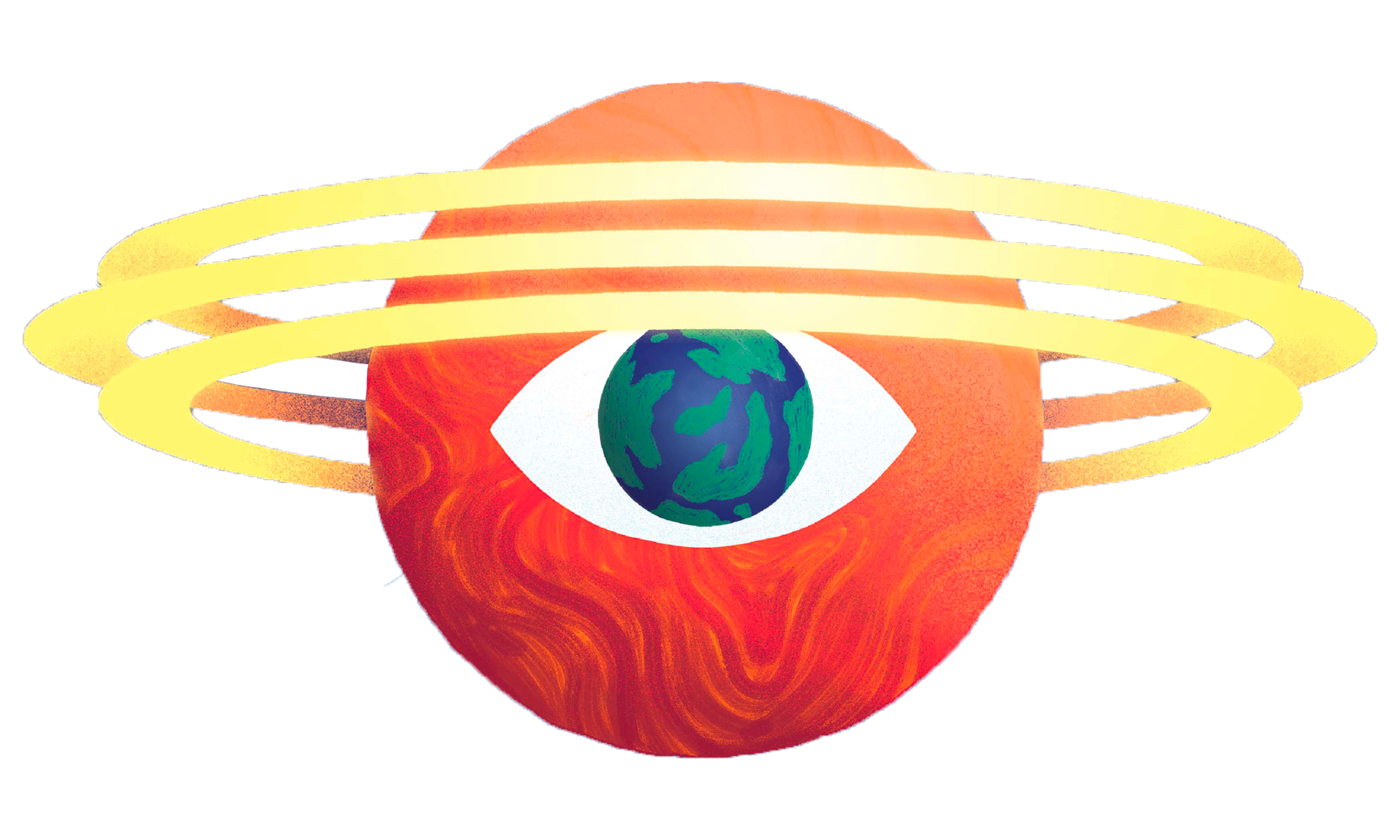“L’unique oiseau de l’Éternité, c’est vous !” : Divine Transcendence and Birdsong in Messiaen’s Un Vitrail et des oiseaux
Thursday, Feb 23, 2023
9:15 a.m. - 12:00 p.m.
In the surrealistic text of his Trois Petites Liturgies de la Présence Divine (1943–44), Messiaen declared that God is the only bird of eternity. For him to use a bird to symbolize divine transcendence suggests that he viewed birds as possessing a favored status in creation. Through their songs, Messiaen’s birds function as divine messengers in his music, providing glimpses of the beyond. Messiaen also forged a birdsong style in his late music (1959–92) that was generally apocalyptic in tone, expressing a temporality of the things to come. This temporality is facilitated, moreover, by discontinuous block structures containing birdsongs juxtaposed with other musical materials, all of which are enhanced by sound-color relationships.
In Messiaen’s late music, birds symbolize Catholic truths for humanity’s benefit. In the sermon to the birds in Le Prêche aux oiseaux of Messiaen’s Saint François d’Assise (1975–83), Saint Francis, in an allusion to the first line of Keats’s Endymion (1818), informs his “brother birds” that all things of beauty must achieve freedom and that they will await the day when all creatures will be reunited (Benítez 2019, 23). For Père Pascal Ide (1994, 103), Messiaen’s birds can also be regarded as anticipating the four qualities of glorious bodies (luminosity, impassibility, agility, and subtlety) that human beings will assume when they are resurrected. Systematized by Saint Thomas Aquinas in the Summa Theologiae (ca. 1265–74), these qualities are celebrated in Messiaen’s Les Corps glorieux (1939). In this sense, birds symbolize the ultimate destiny of human life on earth.
In this presentation, I examine how Messiaen depicts divine transcendence in Un Vitrail et des oiseaux (1986) through birdsongs alternating with color chorales, which speak—via a static temporality—to the future reunification of all creatures through Christ. Such alternations conclude each time with birdsongs played hors tempo, suggesting universal freedom in the afterlife. More importantly, these cacophonous dawn-like choruses seem to invite humanity to share in the birds’ vitality (van Maas 2013, 184). While in the work’s preface Messiaen acknowledged that birds are more important than superimposed tempos, and colors more important than birds, both colors and birds communicate the divine transcendence of an invisible God through brilliantly colored interactions.
Vincent Benitez

Vincent Pérez Benítez is Professor of Music (Theory) at The Pennsylvania State University. He holds a PhD in music theory from Indiana University, and the DMA in organ performance from Arizona State University. His research focuses on the music of Messiaen, reflected by two books, Olivier Messiaen’s Opera, Saint François d’Assise (Indiana University Press, 2019), and Olivier Messiaen: A Research and Information Guide, 2nd ed. (Routledge, 2018), and numerous articles and international presentations. Benítez is currently writing a music-theoretical book on musical time and the late music of Messiaen, which is supported by a 2022–2023 sabbatical leave.

